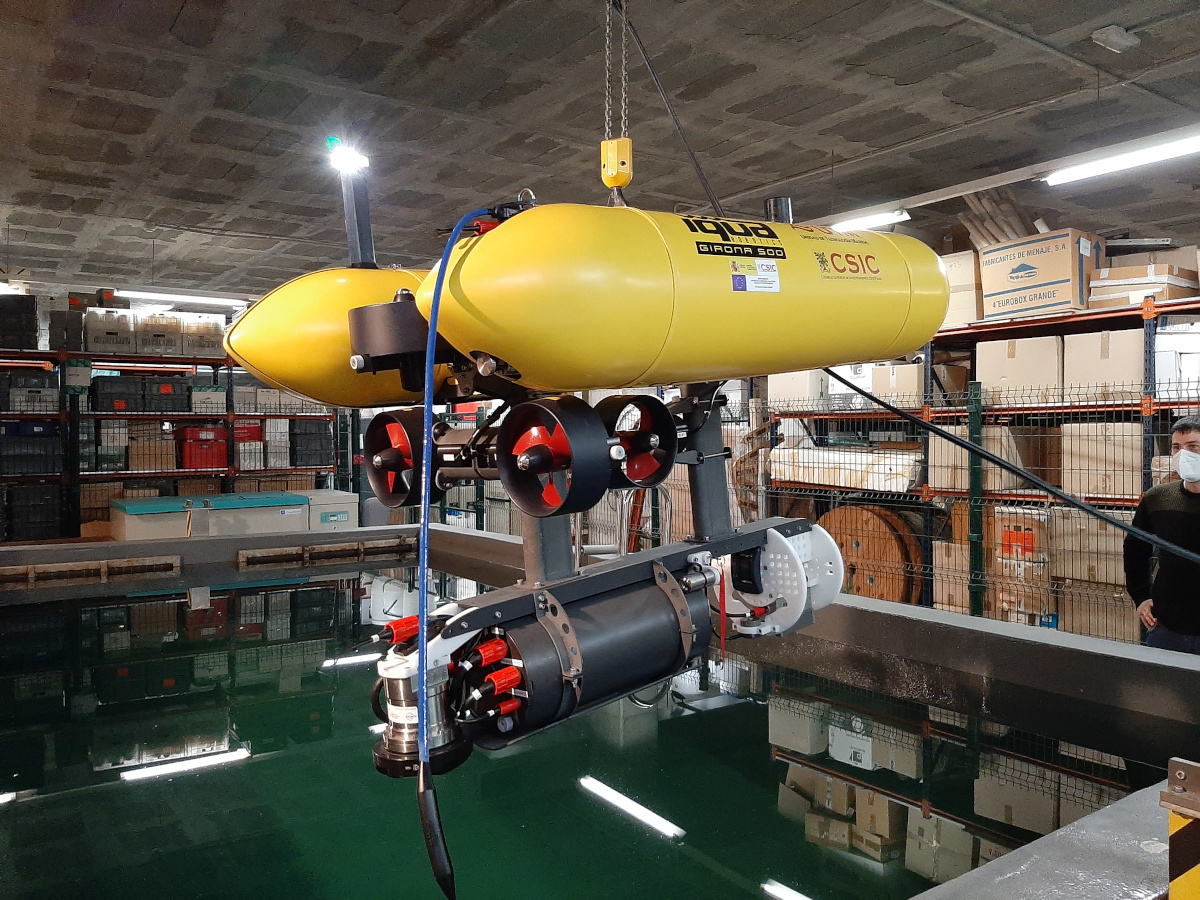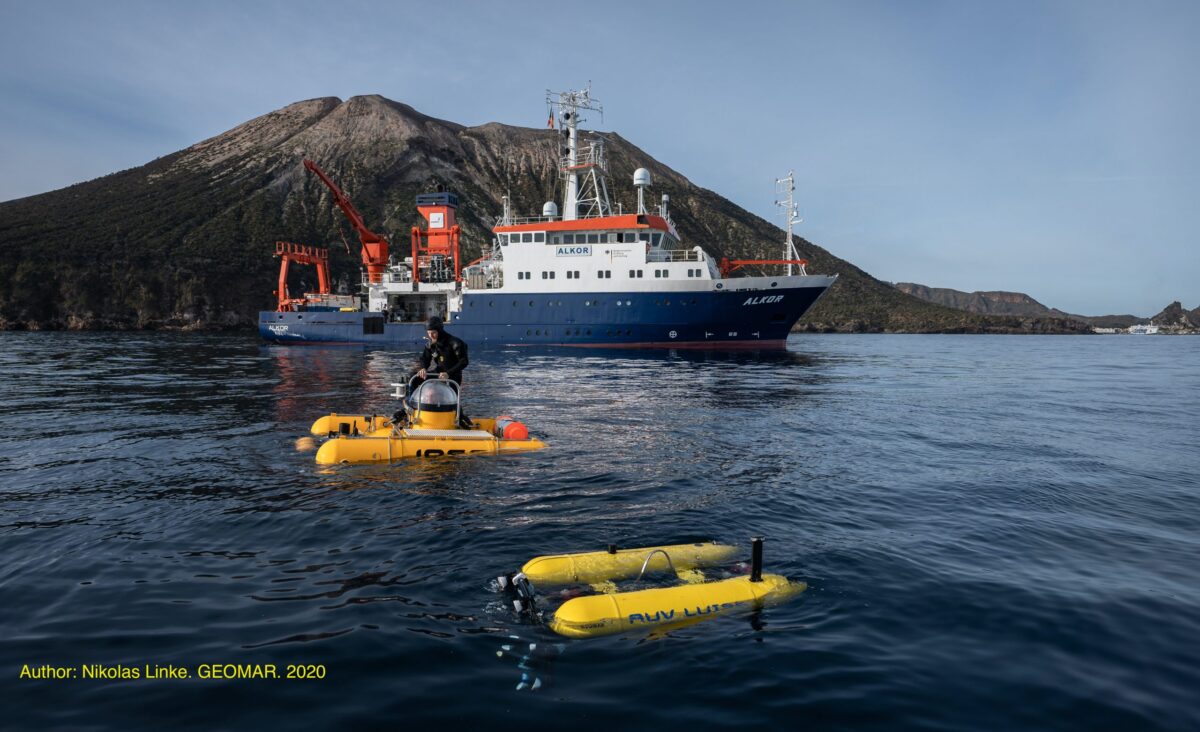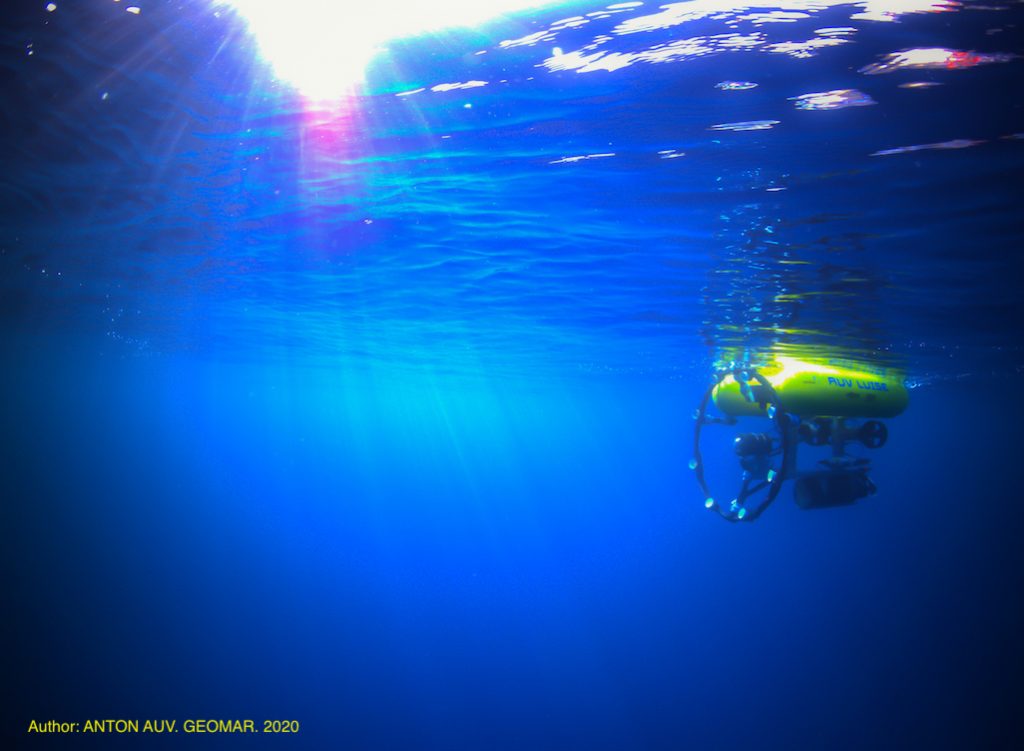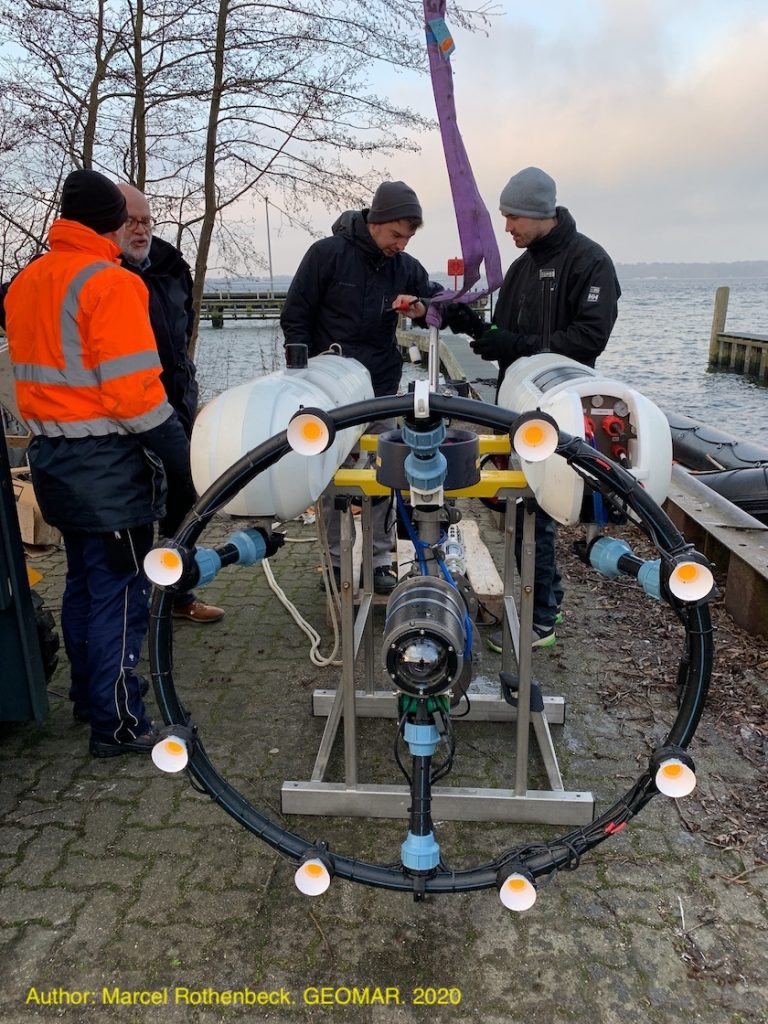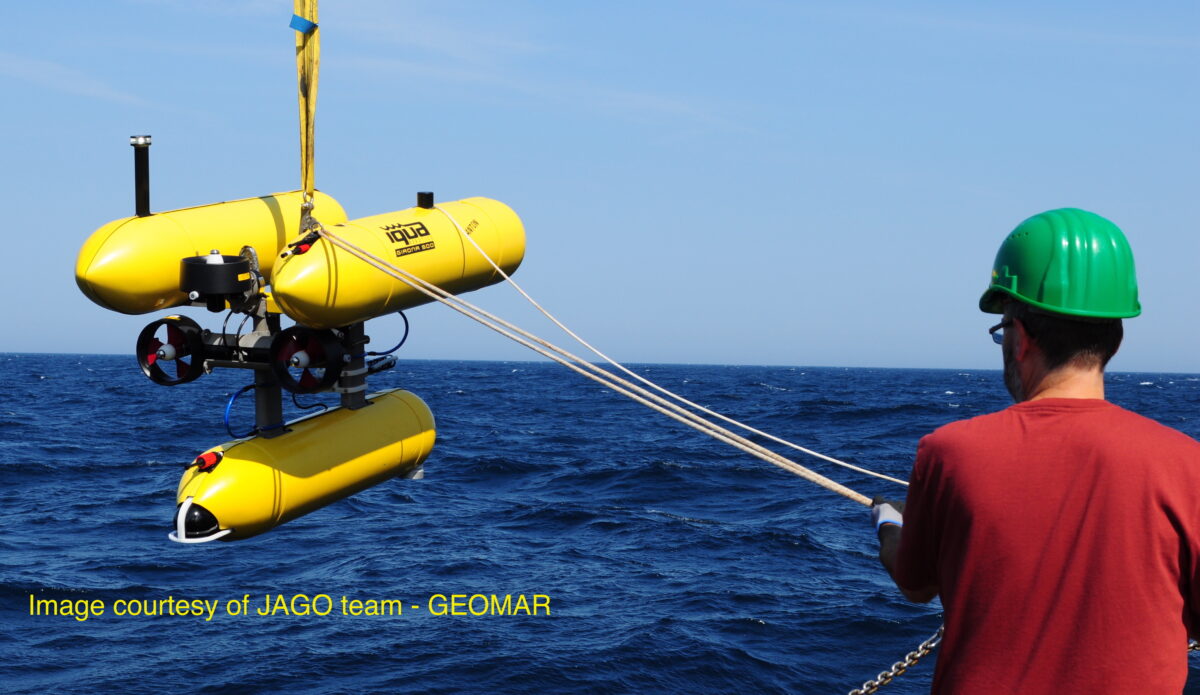The CSIC’s Marine Technology Unit, responsible for the management of this organization’s oceanographic research vessels, is preparing a new autonomous underwater vehicle for future campaigns. It is the Girona 500 NEMO, an autonomous underwater vehicle (AUV) that can go up to 500 meters deep, designed and built by IQUA Robotics. NEMO was acquired at the end of last year and was tested for the first time in the waters of Sant Feliu de Guíxols (Girona).
Currently, the technicians of the Marine Technology Unit are preparing NEMO for carrying CTD sensors (which measure conductivity, temperature and depth), photographic cameras, current profilers and bathymetric probes. “Our vehicle has an open architecture, so it can be modified in a reasonably simple way to adapt it to user requirements and therefore explore new ways of working,” explains Pablo Rodríguez, from the UTM.
Thus, it will allow mapping underwater habitats, obtaining topographies of the seabed, of interest in the field of geology or underwater archaeology, exploring marine habitats or monitoring natural reserves. In the near future, the vehicle could also be deployed in Antarctic campaigns. NEMO has sparked interest among researchers, who are already including its use in future projects.
The Marine Technology Unit (UTM), based in Barcelona and attached to the Mediterranean Center for Marine and Environmental Research (CMIMA) of the CSIC, has the main objective of providing support to the national policy of R&&I in science and marine and polar technology. The UTM is in charge of the integral management of the Sarmiento de Gamboa Oceanographic Vessel, the logistics and technological management of the Hespérides Oceanographic Research Vessel and the integral management of the vessels García del Cid and Mytilus, as well as the BAE Spanish Antarctic Base Juan Carlos I.
Full article (Spanish)
Full article (Catalan)

